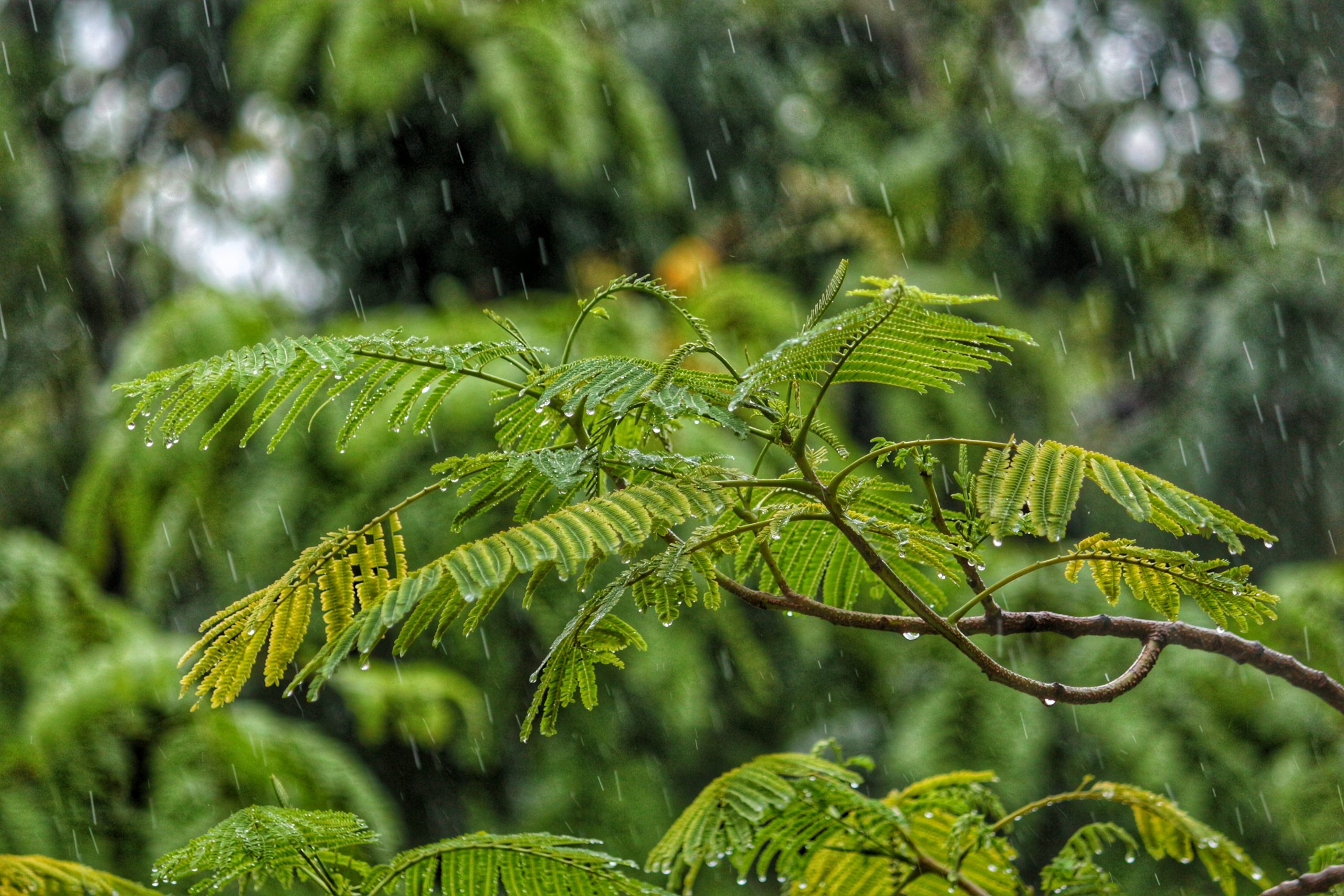Northwest Europe, particularly the area that includes the Netherlands, Belgium and North-Rhine-Westphalia, has a very high density of industries with a high demand for energy. This has led to a strong drive to make the energy supply more renewable and at the lowest possible cost. The best area to produce renewable energy is the North Sea in the form of offshore wind. On a global scale, this is an interesting region, capable of standing up to international competition when it comes to renewable energy.
However, even when we consider the lowest imaginable costs for generating offshore wind power, the large solar (and wind) projects in North Africa, the Middle East, Australia and Argentina only involve about half of the costs and even offer much more potential.
These developments beg the question if there is any hope for our area when it comes to playing a significant role in this arena and which factors would set us apart in terms of our area’s natural resources. The answer is yes, and the solution may be found in the abundance of rain and resulting fresh water in combination with relatively moderate temperatures and acceptable levels of solar radiation. As these conditions are ideal for plant growth and therefore the cheapest form of carbon capture, this regions competitiveness will depend a lot on the availability of cheap non fossil carbon. For arid regions the only resort for non fossil carbon is direct air capture.
As a result of plant growth being the most distinguishing factor, biomass is an important resource for our area and for a fossil-fuel-free world, the most affordable source of carbon. The recent debate on the use of biomass at power plants is justified, and is not a sustainable option without carbon capture and use.
We must accept and possibly promote that the arid regions play their role in the production of hydrogen for the world, because of their solar input and low-cost land. The moderate maritime climate areas will become the suppliers of carbon in the race to reduce fossil-fuel consumption and lower fossil CO2 emissions. Bringing them together at the right spot will create the hydrocarbons we are so used to apply.
The next time it rains (or pours), try to see this as a gift to our area, one which already plays an important role for the prosperity of this region.

